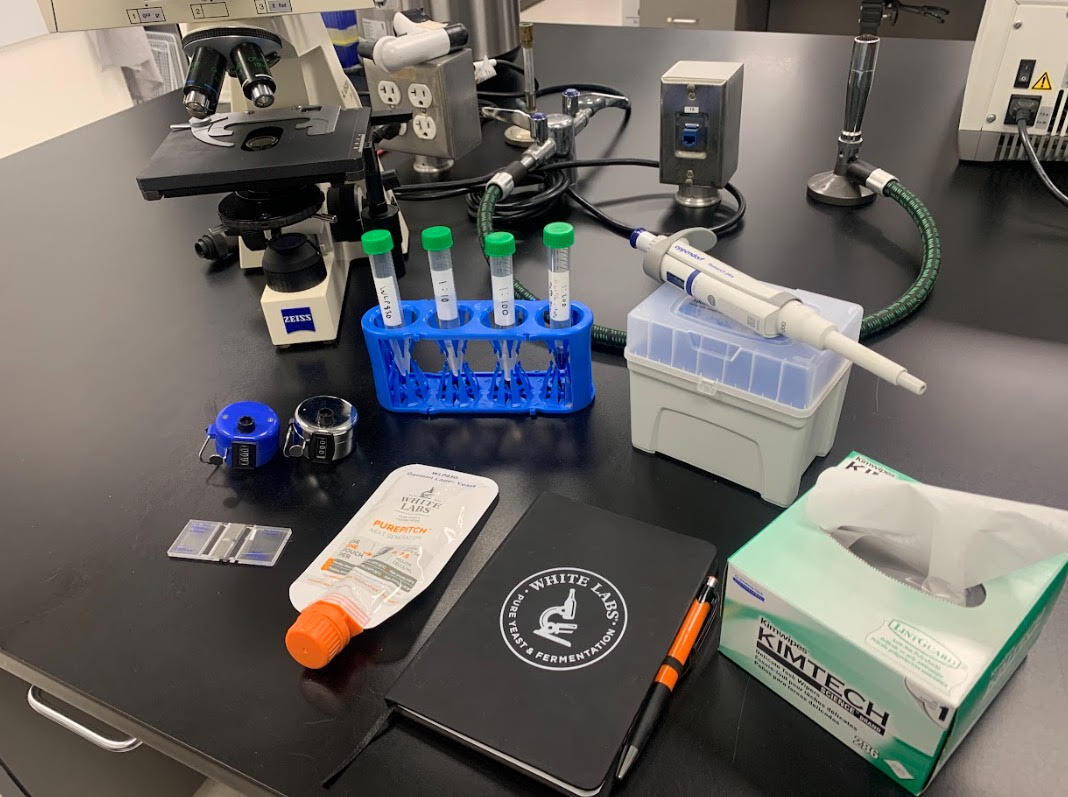Pitching the right amount of yeast is key to reliable fermentations and great-tasting beer every time. Cell counting yeast cultures help determine the correct volume/weight of live yeast needed and the current condition of the generation, making for more consistent fermentations.
Differences in pitching rate can affect flavor production, fermentation speed, yeast health, and flocculation, leading to yeast harvesting problems. Cell counting can be done as quickly as 10-15 minutes.
Focusing a Microscope takes practice - Microscope Tips
Practice makes perfect! Here's some quick tip on how to get used to focusing a microscope for a better view!
Save time during a Cell Count with a Law of Averages - Cell Count Tips
Keep it standardized and consistent! Here's some quick tip on make the most out of your time for cell counting while still maintaining an accurate count of the actual slurry.
Are you seeing blue? - Viability Tips
What's considered dead and not dead? Double-check your methylene blue concentration. If not properly made, all cells will appear dead.
A 0.01% methylene blue in 2% sodium citrate dihydrate solution is a common industry-used dye. If the yeast slurry is left in the dye too long, all cells will eventually stain blue. Dead cells lack the enzyme to decolorize the methylene blue, take pictures and standardized within your brewhouse how dark a cell needs to be to be considered dead. Also, try other dyes with different pH levels can also help distinguish live and dead cells.
White Labs offers a range of other products, from nutrients to enzymes, to a bunch of different lab supplies to make brewing as easy as possible. Check them out below!
Math Made Easy - Calculation Tips
Plugging it into a pitch rate calculator is easy, but we're here to help understand where some of the values come from. As well as letting you in on some of our favorite cheat sheet tips! Follow along and please reach out if you have any questions!
Download Our pitch Rate & Cell Count Playbook
In this guide, we’ll learn how to control our pitch rate from ideal pitch rates to how to cell count and repitch for the next batch of beer.
- Explanation on Why Pitch Rates Matter
- Easy To Follow SOP for Cell Counting
- Quick Cheat Sheet Table for Estimation of Pitching by Weight Based on Viability







